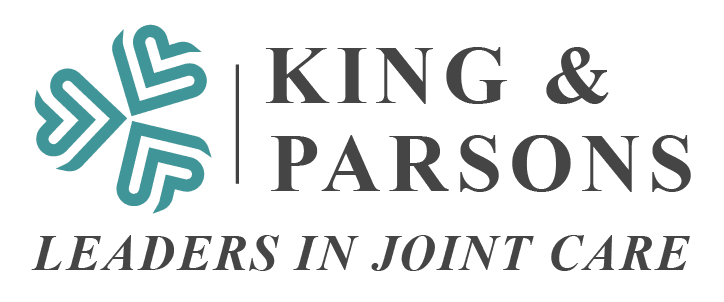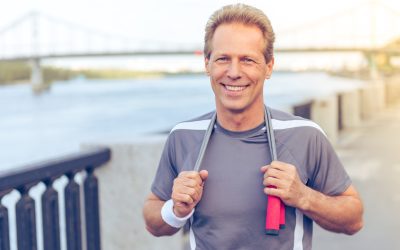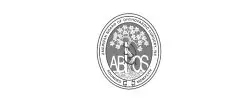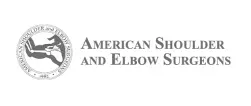Shoulder replacement has become a much more mainstream operation over the past 15 years as technology and techniques have improved outcomes and durability. It remains an operation that is, however, technically challenging particularly for surgeons who are not specifically trained in advanced skills. Shoulder arthritis can cause progression erosion of the shoulder socket and this erosion can change both the shape and orientation of the socket relative to the shoulder blade. The following graphic demonstrates common patterns of wear in arthritic shoulders that surgeons must contend with when performing shoulder replacement.

Wear patterns like the B2 and C1 can be particularly challenging from a reconstruction standpoint because surgeons must restore the orientation of the socket for stable and durable fixation of the implants and proper long-term function of the shoulder.
Numerous studies have now demonstrated that when surgeons use a “freehand” or “eyeball” technique to correct socket wear, there is tremendous variability in accuracy. This can measure as much as 10 degrees from where the surgeon thinks he/she is versus where he/she really is with respect to bone preparation. This variation can lead to potential complications related to early implant failure.
Dr. Parsons was a pioneer in the development and implementation of a preoperative planning and surgical navigation technology that allows shoulder surgeons not only to choose the appropriate implant to correct socket wear but to place it very precisely using real-time intraoperative tools. Called GPS for Guided Personalized Surgery this system uses a CT scan to create a 3D model of the patient’s shoulder. After planning the case using a customized software platform, the surgeon can then execute the plan using intelligent surgical instruments that sync the CT scan to the patient’s intraoperative anatomy.

These images demonstrate the plan (left) and intraoperative execution (right) of an anatomic total shoulder replacement.
Technology such as the GPS adds value to the shoulder replacement both by giving the surgeon tools to improve the accuracy of implant placement and by providing a platform for better postoperative outcomes and improved long-term visibility.
The GPS system has now been used in over 10,000 shoulder replacements around the world, a testament to its utility for an otherwise challenging case. Dr. Parsons has performed several hundred GPS shoulders as a developing surgeon.If you are interested in learning more about our expertise in shoulder replacement surgery, please contact our knee, hip and shoulder center here.














